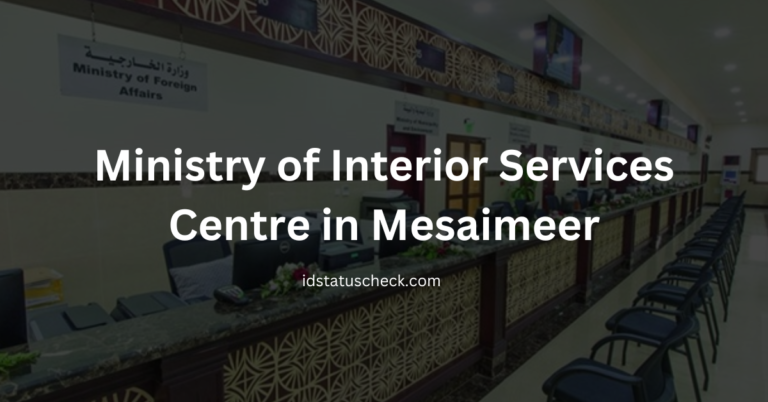Why Instant Status Notifications Are Now a Basic User Expectation

Waiting is no longer something people do quietly. From bank KYC checks to passport processing, users now expect immediate answers. If it takes too long, they start refreshing, switching to another app, or simply walking away.
Fast updates are no longer a bonus; they are assumed. Users have grown accustomed to systems that keep them informed without input. The moment that flow of information stops, trust begins to fade. Instant notifications now play a decisive role in how people judge whether a service functions properly.
The Shift in User Expectations
People do not want to guess if something is happening. When they submit a form or make a request, they expect to see progress quickly. This behaviour comes from years of using apps that respond in real time, such as food delivery platforms or ride-sharing services.
One example that reflects this shift is the Gold Blitz Ultimate slot game. It reacts instantly to every tap, spin, or win, giving players constant feedback. Even though it is entertainment, it highlights how digital systems are now expected to communicate every change. That same level of responsiveness is demanded in shopping apps, online marketplaces, and even government portals.
Slow or unclear systems no longer receive the benefit of the doubt. Users will close an app or search for an alternative if they feel ignored. The issue is not impatience but rather the expectation that if one platform communicates effectively, others should too.
In this environment, companies must treat instant status updates as an essential part of the basic experience. When users press a button, they want a result. At the very least, they want a clear sign that progress is underway.
Trust and Transparency
Trust grows when people know what is happening. A simple message such as “we have received your request” or “step 2 in progress” does more than an entire FAQ page. It assures users that the system is active and their action has not been lost.
Without updates, people assume the worst. They may wonder if the process failed or if they made an error. This uncertainty often leads to frustration and unnecessary support requests.
Services that provide clear, real-time updates stand out. They reduce pressure on customer support and make people feel more secure, even if the update is minor. Each acknowledgement builds confidence that the system is working as intended.
Keeping users informed does not require a complicated setup. Many platforms can send updates through email, SMS, or in-app alerts. What matters most is timing and consistency.
Competitive Pressure on Businesses
Instant notifications are not just about making things easier for users. They provide a significant business advantage. Brands that offer real-time feedback are modern, responsive, and dependable.
Customers often compare experiences across different apps, even those from unrelated industries. If one app delivers updates on every action while another remains silent, users will prefer the app that feels more connected.
Businesses that delay adopting this approach risk being left behind. Users rarely explain why they stop using a service, but a lack of updates often plays a role. Platforms that fail to communicate appear outdated or careless, even if the system works fine.
Smaller competitors can win over users simply by communicating more clearly. Real-time updates have become part of the decision-making process that shapes user loyalty. They are no longer a luxury but a baseline expectation.
Operational Benefits for Organisations
This shift also benefits the teams behind the scenes. When users receive automatic updates, they stop asking repetitive questions such as “Is my order processing?” or “Did my form go through?”
Internally, teams can work more efficiently. Real-time systems often include status indicators that display the current stage of a request or task. This saves time for everyone involved and reduces mistakes caused by miscommunication.
Consistency is another benefit. The information should always match whether a user checks through a mobile app, a web portal, or customer service. Consistent communication signals that the business is organised and professional.
Some organisations may worry about the cost or complexity of adding instant updates. In most cases, however, it is more affordable than hiring additional customer support staff or losing users to competitors. Real-time communication improves service quality while reducing workload.
Final Thoughts
People now expect to be kept in the loop across all types of digital interactions. The demand for fast and precise notifications is as strong in banking and government services as in entertainment and shopping apps. Users want to know what is happening and when it will be finished.
This expectation is not only about speed. It is about showing users they are not being ignored. Businesses that master this approach will meet expectations and set the standard for others to follow.


